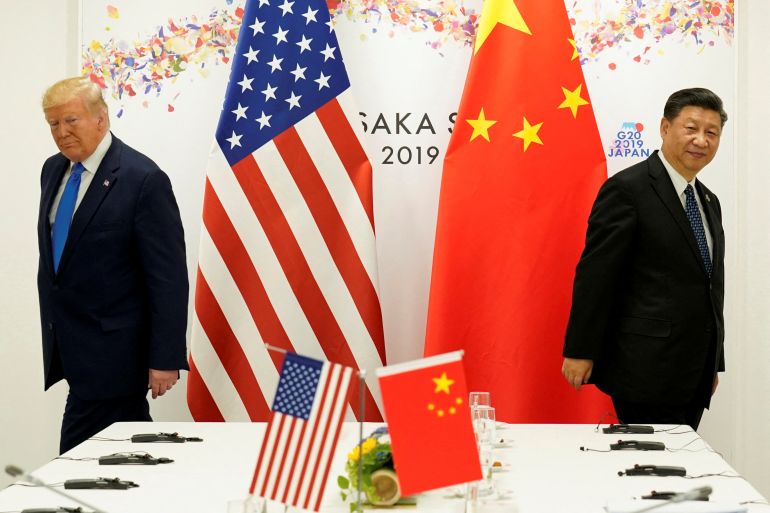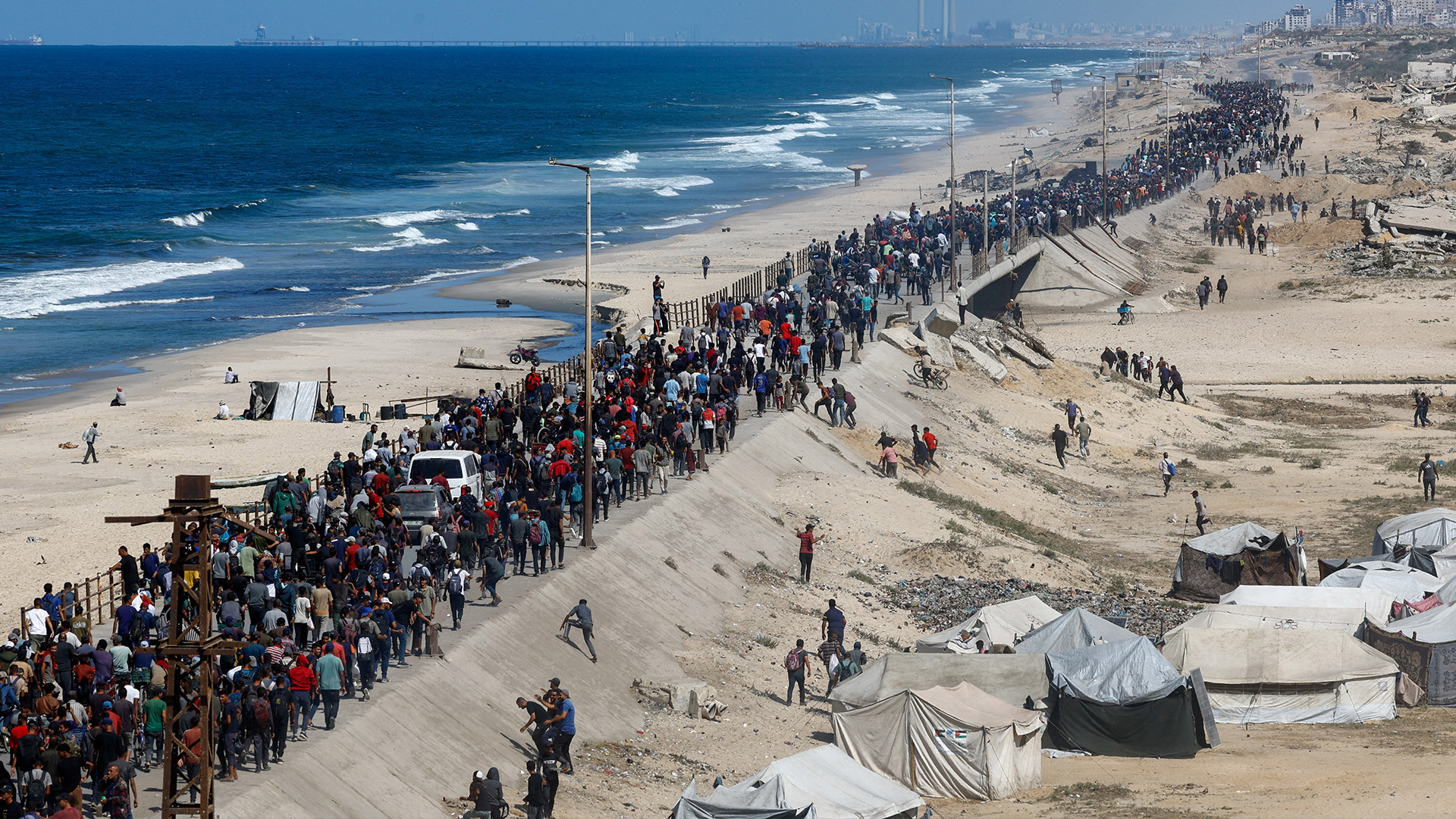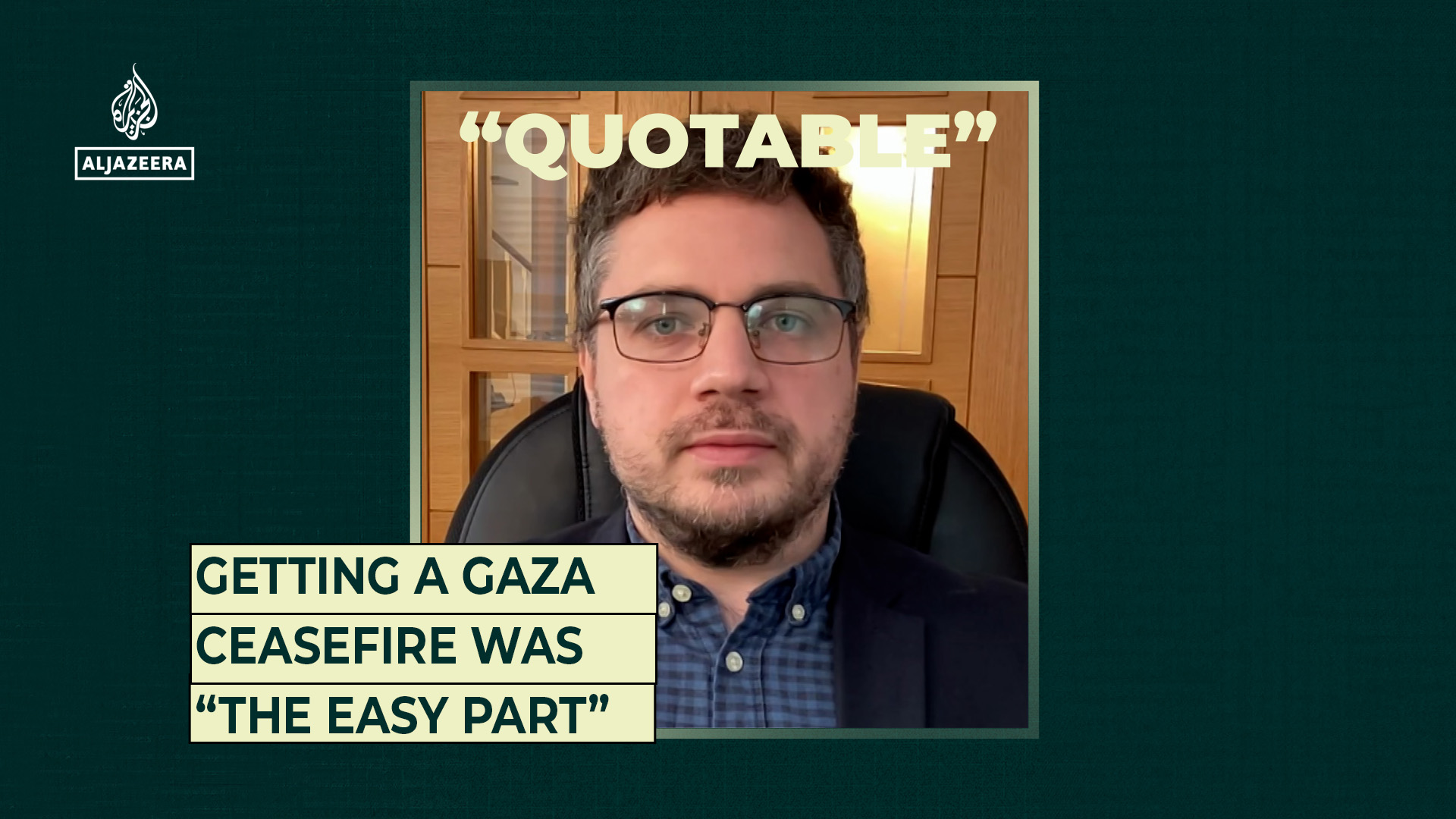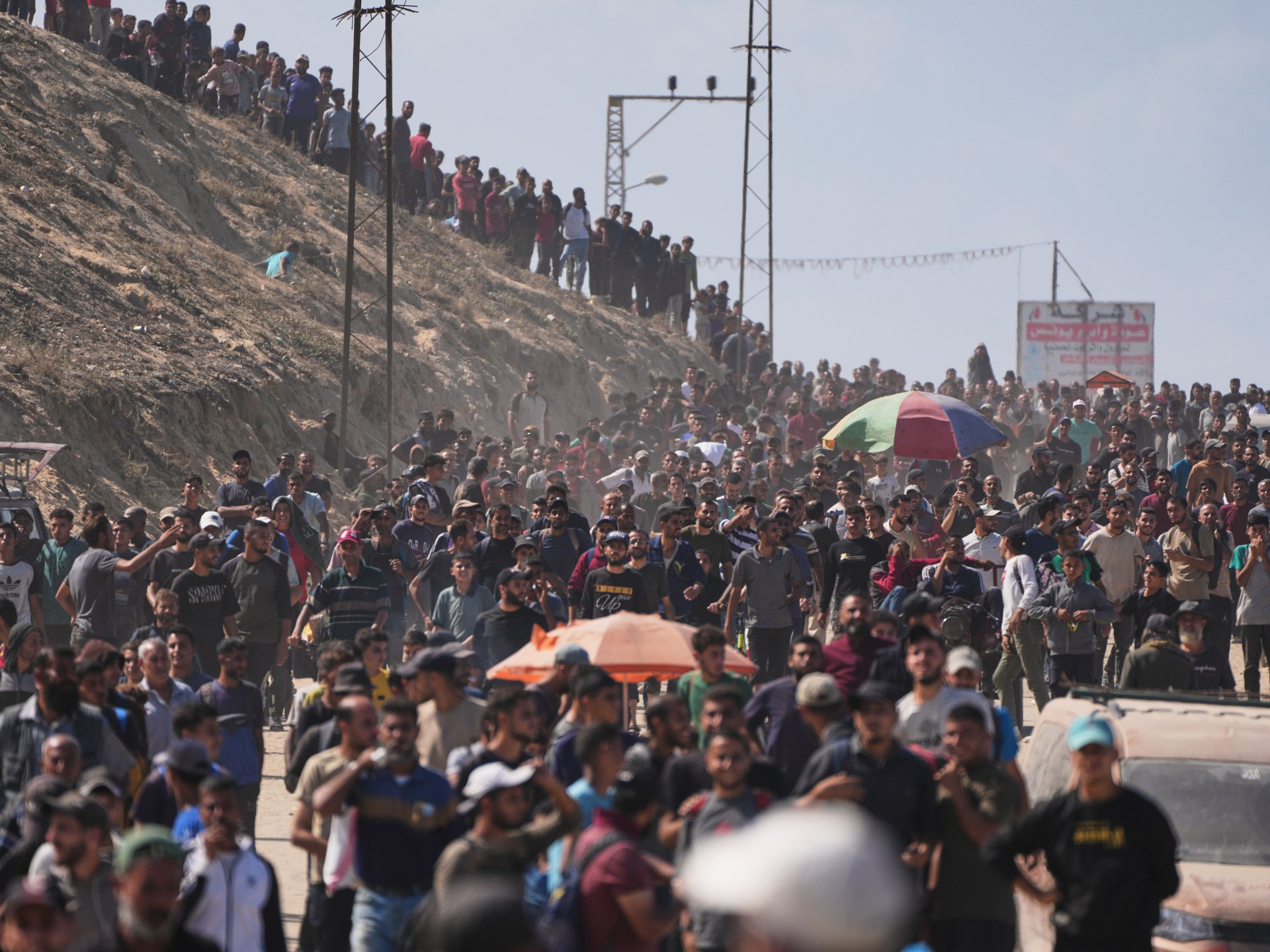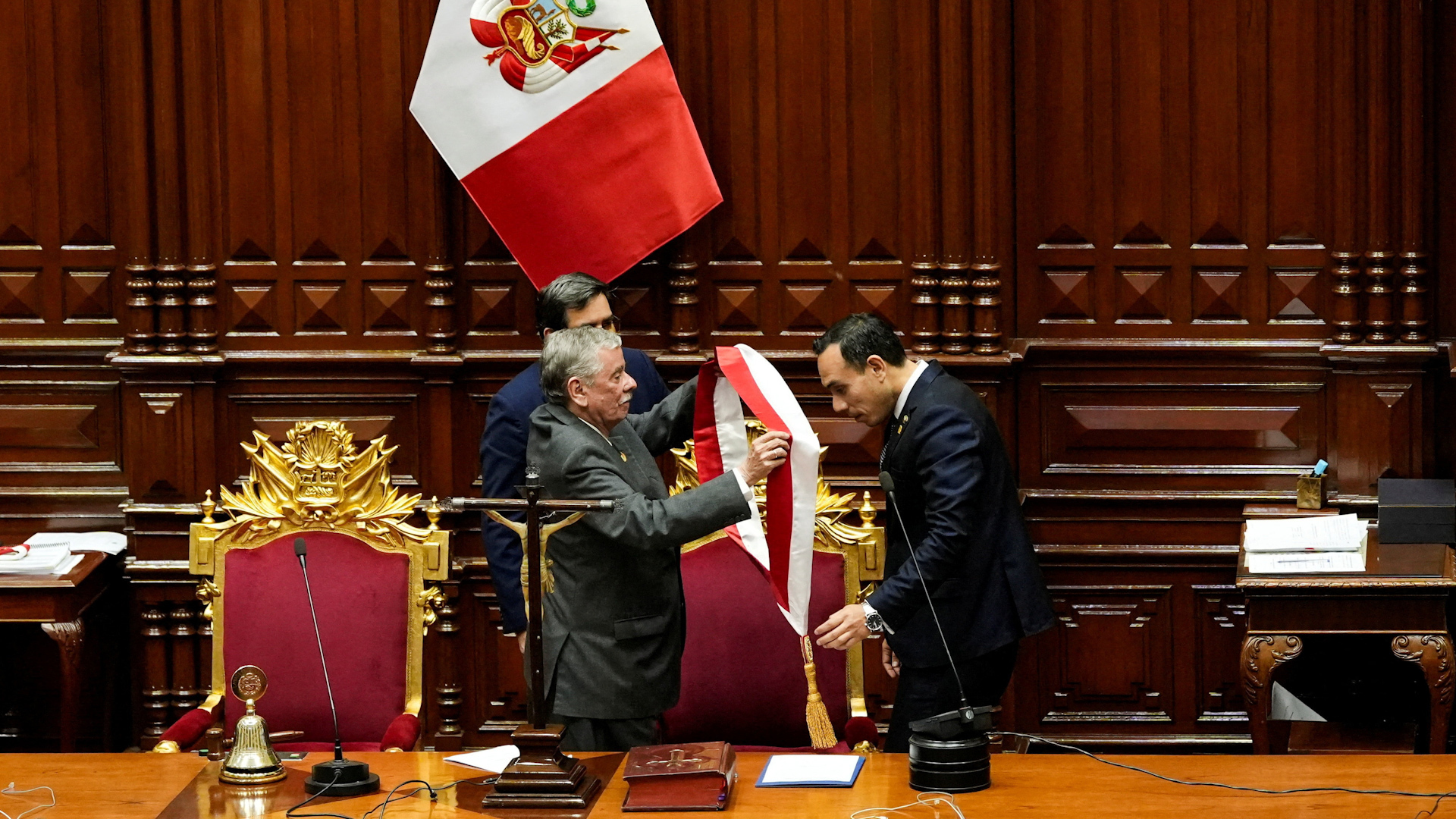China tightened export controls for critical rare-earth metals on Thursday.
The new restrictions were announced by the Chinese Ministry of Commerce, and come ahead of an expected meeting between Chinese President Xi Jinping and United States President Donald Trump’s later this month.
The world’s two largest economies have been locked in trade negotiations aimed at calming tensions, after they raised tit-for-tat tariffs against each other earlier this year, before then agreeing to pull back on some of those levies.
Rare-earth metals are one of China’s major levers of influence with the US.
What has China announced?
In “announcement number 61 of 2025”, China said it was increasing export controls for five rare-earth metals in addition to the seven it announced in April this year.
The five metals added to the list are holmium, erbium, thulium, europium and ytterbium.
The seven minerals China placed export restrictions on earlier this year are samarium, gadolinium, terbium, dysprosium, lutetium, scandium and yttrium.
There are 17 rare-earth metals in total – the 15 lanthanides (metallic elements) on the periodic table; scandium; and yttrium. China now has export restrictions on 12 of them.
In addition, on Thursday, China also placed restrictions on the export of specialist technological equipment used to refine rare-earth metals. Most of these restrictions will go into effect from December 1.
The announcement means that foreign companies will need to obtain special approvals from Beijing if they wish to export rare-earth magnets and certain semiconductor materials that have at least 0.1 percent heavy rare-earth metals from China.
To obtain the licence, foreign companies must explain the intended use of the product they wish to use Chinese rare-earth metals to make.
Why has China tightened control over rare earths?
China cited national security interests as the reason for these new restrictions.
“Rare-earth-related items have dual-use properties for both civilian and military applications. Implementing export controls on them is an international practice,” a Chinese Ministry of Commerce spokesperson told reporters on Thursday.
The spokesperson added that “certain” foreign organisations and individuals have been directly transferring – or processing and then transferring – controlled rare-earth materials originating from China to “relevant organisations and individuals directly or indirectly for military and other sensitive applications”.
“This has caused significant damage or posed potential threats to China’s national security and interests, adversely affected international peace and stability, and hindered global non-proliferation efforts.”
Rare-earth metals are essential for the production of technological equipment such as electric cars, lithium ion batteries, LED televisions and camera lenses.
The metals are crucial for the US defence industry. According to the Center for Strategic and International Studies (CSIS) think tank, rare earths are used to manufacture F-35 fighter jets, Virginia and Columbia-class submarines, Tomahawk missiles, radar systems, Predator unmanned aerial vehicles and the Joint Direct Attack Munition series of smart bombs.
Additionally, rare earths are used to create semiconductors, which are used in artificial intelligence (AI) technology.
Why does this matter now?
This is a strategic move on the part of China, analysts say.
China is the largest producer of these rare-earth metals. It mines at least 60 percent and processes about 90 percent of the world’s rare-earth metals, CSIS reported in 2024.
The new restrictions have been announced just three weeks before Trump’s visit to South Korea to attend the Asia-Pacific Economic Cooperation (APEC) summit in late October.
During his visit, Trump is expected to meet with Xi. The leaders last met in person in 2019.
Earlier this year, Trump imposed tariffs of 145 percent on Chinese imports to the US. China retaliated with 125 percent tariffs. After reducing their tariffs to 30 percent and 10 percent respectively in May, the two sides struck a truce in August – agreeing a 90-day pause to allow time for trade talks. That pause has since been renewed twice as talks continue – most recently between US and Chinese officials in Spain last month.
China’s new restrictions on rare-earth metals, which Trump is known to want badly, give it more leverage for these talks.
Gracelin Baskaran, director of the CSIS Critical Minerals Security Program, explained that Washington’s defence industry is facing significant challenges caused by its limited production ability to meet rising defence technology needs. By restricting exports, China may be able to accelerate the expansion of its military strength at a faster pace than the US.
“The new restrictions will only deepen these vulnerabilities, further widening the capability gap,” Baskaran said.
“The move both strengthens Beijing’s leverage in upcoming talks while also undercutting US efforts to bolster its industrial base at a time where Indo-Pacific tension is climbing,” she said.
“Most [restrictions] don’t go into effect until December 1, 2025, leaving close to 2.5 months for these negotiations.”
The Chinese Ministry of Commerce spokesperson told reporters on Thursday: “China is willing to strengthen communication and cooperation through bilateral and multilateral export control dialogue mechanisms, promote compliant trade, and ensure the security and stability of global industrial and supply chains.”
Who will these new controls affect the most?
The US will be especially hit hard. In 2023, it was the largest importer of Chinese rare-earth minerals and products, importing $22.8m worth of rare earth products from China, according to the Observatory of Economic Complexity (OEC). In total, China exported $117m in rare-earth metals and products that year.
The US sourced 70 percent of its rare earth compounds and metals imports from China between 2020 and 2023, according to a US Geological Survey report.
Hong Kong ($12.1m), Russia ($12.2m) and Japan ($9.42m) also import significant amounts.
The US restricted China’s access to its semiconductors in 2022 under the administration of Democratic former President Joe Biden. Some US lawmakers have pushed for even greater restrictions, warning that China could reverse-engineer or independently develop advanced semiconductor technologies, overtaking the US in the industry and securing a military advantage.
Will there be any exceptions to the restrictions?
Yes.
